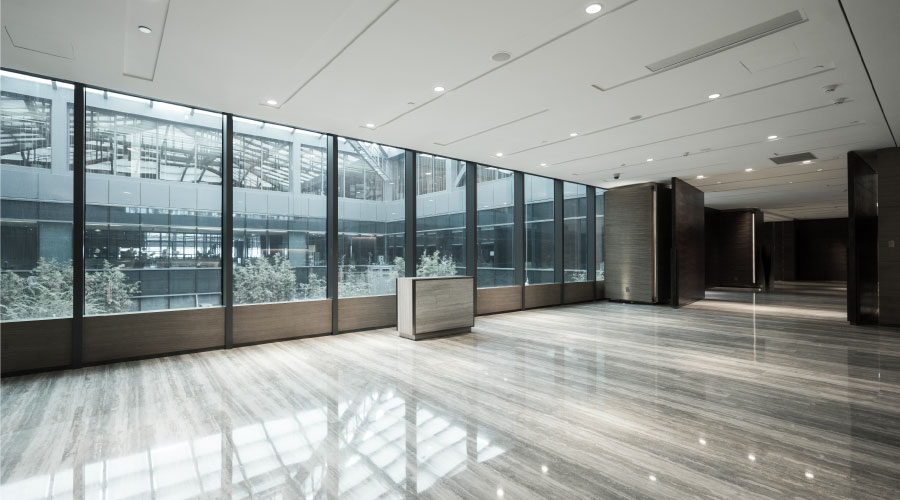The Greenest Flooring Product on the Market
What is the greenest flooring product available?
First, it's important to pick the right product for the right space and the right use. If you install the product correctly and you give it the proper preparation, you're going to have a long life for that product. If you pick a product that's inappropriate for a use or a space, then it will be abused and it will have to be ripped up and replaced in a short amount of time, so you've doubled the amount of materials that you'll need for that space. It's important that the end user consider the space and the usage, and then determine what kind of product to put there.
If the end user decides that they want carpet — either for sound attenuation, comfort, or aesthetics — if you use carpet, it's easy to see the recycled and rapidly renewable content of a product. And then you decide if you want carpet tile or broadloom. Carpet tile is great for longevity. It's low on maintenance. It's mainly made of reclaimed products. Carpet tile, if it's used appropriately, is a great green product.
If you want a hard surface that's a natural product, there's linoleum made from linseed oil and cork. These are both renewable and low on VOCs.
Another product eliminates any new materials at all: polished concrete. If you have an existing space or a new space, instead of bringing in materials, you would just polish the concrete. There's no manufacturing process, no transportation process. It eliminates usage of materials.
These are three strong players if an end user is interested in a green flooring that' sustainable and long-lived.
There are also industry websites that can help end users select the greenest product for their installation.
For resilient flooring, there's FloorScore.
As well, each manufacturer will have their own sustainability attributes on their website.
Responses by John McGrath, Director of INSTALL, the International Standards and Training Alliance
Related Topics:














